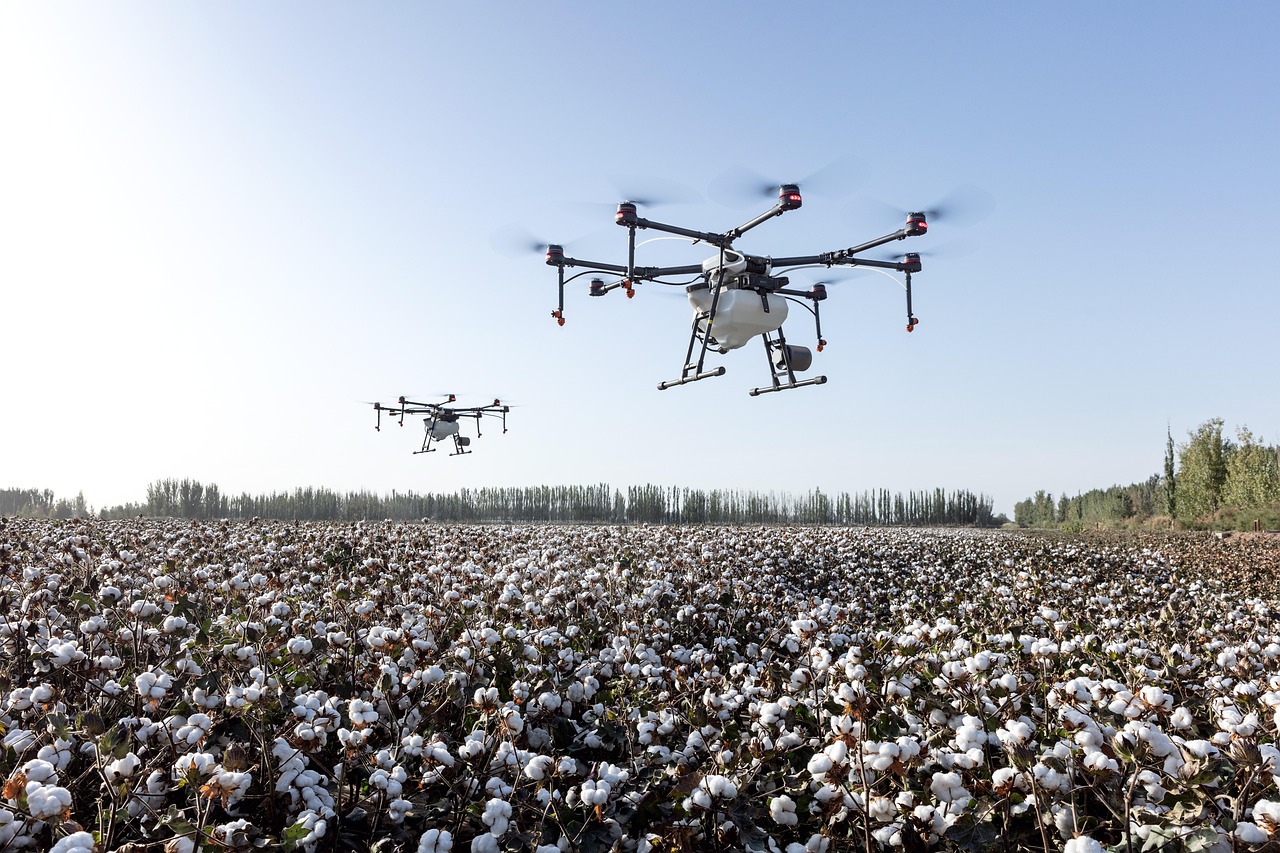China’s aggressive investment in military AI development is reshaping the landscape of modern warfare. Reports indicate that China has poured approximately $15 billion into AI advancements within a single year, with a focus on intelligentized warfare. This strategy involves utilizing AI systems to plan, execute, and adapt missions with minimal human intervention, giving them a significant speed advantage over traditional human-led operations. China’s military is not only investing in next-gen technologies but also deploying them effectively, showcasing their commitment to dominance in this arena.

The official narrative portrays China’s People’s Liberation Army (PLA) as incorporating AI into military operations for modernization and global leadership in AI by 2030. The PLA’s objectives include establishing a top-tier military force by 2049, emphasizing the importance of intelligentized warfare. Despite facing challenges such as semiconductor reliance and organizational inefficiencies, China is determined to overcome these hurdles through accelerated research and development, military-civil fusion, and expanding global influence operations through AI.
However, a deeper examination reveals a more intricate agenda at play. China’s military doctrine, centered on “intelligentized warfare,” is not just about modernization but about redefining the rules of engagement through autonomous systems. The PLA’s development of autonomous drones, humanoid robots for urban combat, and integrated combat systems like the Fangwang-1 point towards a comprehensive strategy aimed at achieving unparalleled military dominance.
China’s deployment of low-cost AI-powered drones for modern warfare technology signifies a deliberate shift towards unmanned combat team integration. These drones, equipped with AI-powered targeting, swarm coordination, and modular payload capabilities, represent a significant leap in military tactics. The mass deployment and rapid scaling of these drones on the battlefield indicate a strategic move towards autonomous operations and a new era where small drones play a pivotal role in conflicts.
The implications of China’s advancements in military AI are profound. The integration of AI into every aspect of warfare, from planning to execution, not only poses a threat to traditional military strategies but also raises ethical concerns regarding the autonomy of AI systems in combat scenarios. The global trend towards AI-powered warfare indicates a future where conflicts are increasingly fought with intelligent machines, blurring the lines between human decision-making and automated responses.
The intent behind China’s relentless pursuit of AI dominance in military operations is clear: to establish unparalleled superiority on the battlefield through intelligentized warfare. By investing heavily in AI technologies and integrating them across various military domains, China seeks to reshape the future of warfare and assert its position as a global military powerhouse. The means to achieve this goal involve leveraging cutting-edge AI capabilities to outmaneuver adversaries and establish dominance in conflict zones, while the opportunity lies in the rapid technological advancements and global influence operations driven by AI.
As we stand on the brink of a new era of warfare dominated by AI technologies, the trajectory of global military dynamics is set to undergo a seismic shift. China’s strategic investments in AI for military applications not only challenge conventional notions of warfare but also signal a future where intelligent machines play a central role in shaping geopolitical landscapes. The implications of this shift extend far beyond military strategy, impacting global security, ethics, and the very nature of human-AI interactions in conflict scenarios.

